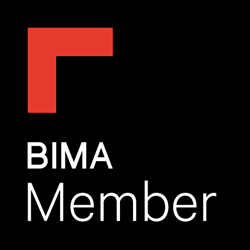Start the new year, and the new decade with a sparkling clean and refreshed website with our 6 simple SEO health check tips
As we all know, the new year is the absolute perfect time to embark on a new start in many aspects of our lives. Whether there’s something completely new you’d like to begin, or perhaps there’s simply some things that just need a little replenish and recharge, there’s no better time than now! The new year is all about reflection. It’s time to focus on what’s been going well and what you would like to, or need to do differently in order to achieve your goals. This of course all applies to our personal lives, but also hugely applies to business.
In order to achieve your SEO goals, read on and follow our simple SEO health check tips and start 2020 as you mean to go on! Your website will be raring to go, and your online performance is sure to be improved.
Step 1: Keyword Research
This first step may seem obvious, however, keyword research is essential in any SEO strategy. It is not only the foundation of our SEO health check, it is the foundation of all digital marketing practices. Keyword research can be used to inspire content on your site – from the meta descriptions, to category content and blogs. Keyword rankings and the way users search change so rapidly within digital marketing – therefore even if you have carried out your research this year, it is important to repeat the process. By doing this, you can check which search terms and keywords are popular and use this information to inform your content.
Within your research, you can additionally check which keywords your site does, and more importantly – does not currently rank for, using a keyword gap analysis. Performing a gap analysis highlights any keywords that competitors are ranking for, but you may not be – showing keyword avenues that are worth exploring. With the results of your research, why not make 2020 easier for yourself by making your research process more thorough and creating an organised content plan for the upcoming year.
Step 2: Content Clear Out & Refresh
The new year is an ideal time to be discarding old things that are no longer wanted. It’s the most popular time to clear out wardrobes in the home, and it should be no different for your website! Use this time to get rid of any old and irrelevant pages on your site, or update the content and refresh them. The majority of the Google Algorithm updates all favour websites that have high quality, rich content, for example the BERT update that was rolled out in November. So, if any of your pages or blogs seem outdated, let’s revive them with keyword optimised content that will provide value to the user.
Learn more about the BERT update here
Additionally, as Google values a quality user experience, you should aim to get rid of any broken links and 404 errors on your site. Here at Seed, we can identify any broken links on your website as well as the pages which are directing users to such erroneous links. It is vital to either replace these links with a new, relevant one, or to simply fix the broken URLs.
Step 3: Review Meta Descriptions and Page Titles
Another important step should be to check your meta description and page titles. Both are very important in order to increase your keyword rankings and drive traffic to your site. If your meta data is keyword optimised, and the correct length, you have more chance of ranking higher than competitors.
Your page titles and meta descriptions should be within the correct length guidelines set by Google so that all information will be shown to the user.
We know writing an engaging meta description for every single page on your site seems a daunting and demanding task, but it is certainly a crucial one – and it’s what we’re here for!
Step 4: Accumulate and Cleanse Backlinks
The third step to our SEO health check focuses on backlinks. As Moz states, backlinks are “the currency of the internet”. The more inbound links your site has, particularly from well respected sites, the more authority your site will gain.
Links show your content is appreciated and recognised to be high quality and therefore, provide a good user experience. Due to this, there is evidence of link building increasing keyword rankings for your site overall.
Conversely, links from less recognised sites appear spammy and unhealthy, and could lead to a penalty from Google.
Therefore, one of your main SEO goals for this year should be to set out to gain backlinks from relevant and highly regarded sites, and also to eradicate any potentially harmful backlinks. It is important to earn links rightfully and honestly, and over a gradual amount of time. Links mustn’t be simply purchased or exchanged; gaining links can take a lot of time and effort, but in the long run it is unquestionably worth it. Key techniques to earning links include publishing and promoting top quality content on relevant and highly searched topics, and to build relationships with influencers or bloggers who might be likely to share or link to them.
Step 5: Check Site Speed & Mobile Friendliness
Another pivotal ranking factor is site speed. Google’s principal aim is to provide its users with the best online experience; delivering answers to their searched questions as quickly as possible. Therefore, in order for Google to be in favour of your site, you must ensure your site’s speed is up to scratch. If you think back to when you have been on a website and it has a slow loading time – did you stay to wait?
According to a study by Akamai, 40% of online users will leave a site if it takes any longer than three seconds to load. There are various ways to improve your website’s loading speed including compressing images and deleting unnecessary files & code. Furthermore, it should be a key priority to make your site mobile friendly. We have entered a new age of internet usage; according to Wolfgang Digital’s KPI Report 2019, whereby 53% of traffic now comes from mobile devices, thus it is no surprise that Google commends those sites which accommodate this. Because of the shift in consumer online behaviour, your digital marketing strategy needs to shift to focus on mobile as well. It is imperative to design your website meticulously so it can display on a mobile device correctly. When visiting your site on a mobile or tablet, it must be easy to read, easy to navigate, and be aesthetically pleasing. In addition, speed is of course important for mobile sites too.
Step 6: Check Structured Data Markup
If you haven’t done so already this year, now is the perfect time to start considering the various types of structured data available to use for your site. By using schema you can ensure Google reads your website more efficiently and in the way it was intended by creating ‘tags’.
If done correctly, by 2020 your schema may be picked up by search engines, and your site may obtain a featured snippet or a rich snippet. Featured snippets provide your audience with more information on SERPs as well as giving more visibility to the search.
This is a fantastic way of improving your website’s click-through rates organically. Read more about the benefits of using schema markup in our recent blog here.
Once you’ve got this SEO health check plan implemented, sit back, relax and watch your website scurry on up to the top of those search engine results pages. We’re certain that these 6 simple yet effective steps will have your website thriving, and 2020 will be sure to be your year!










